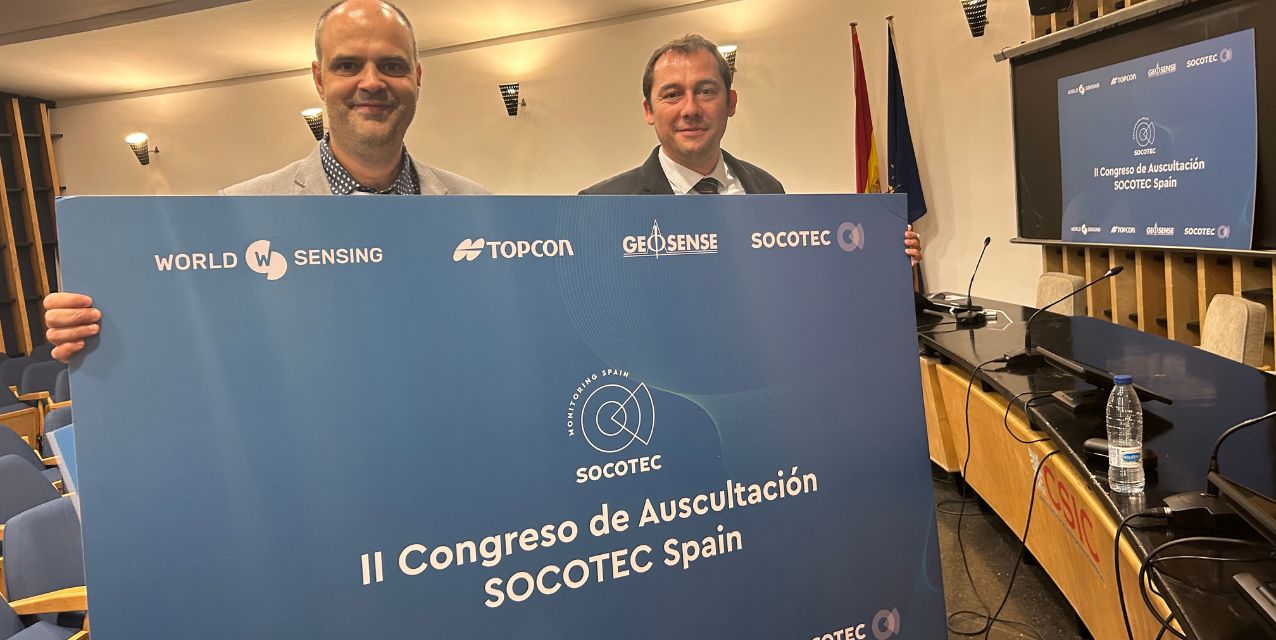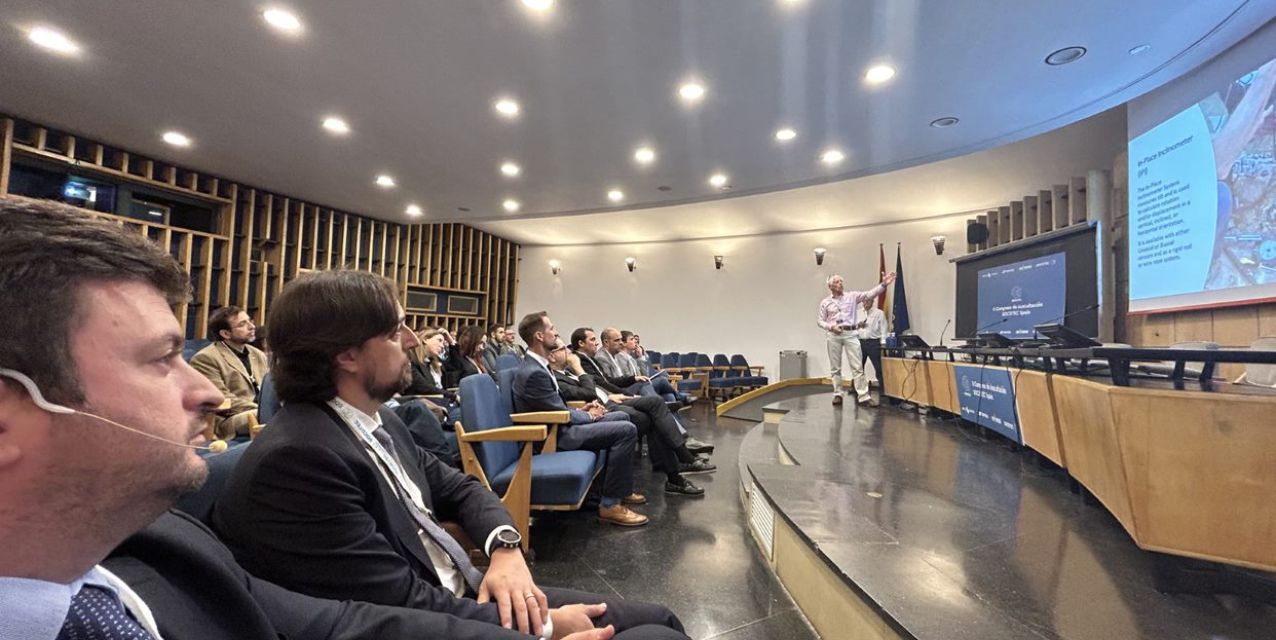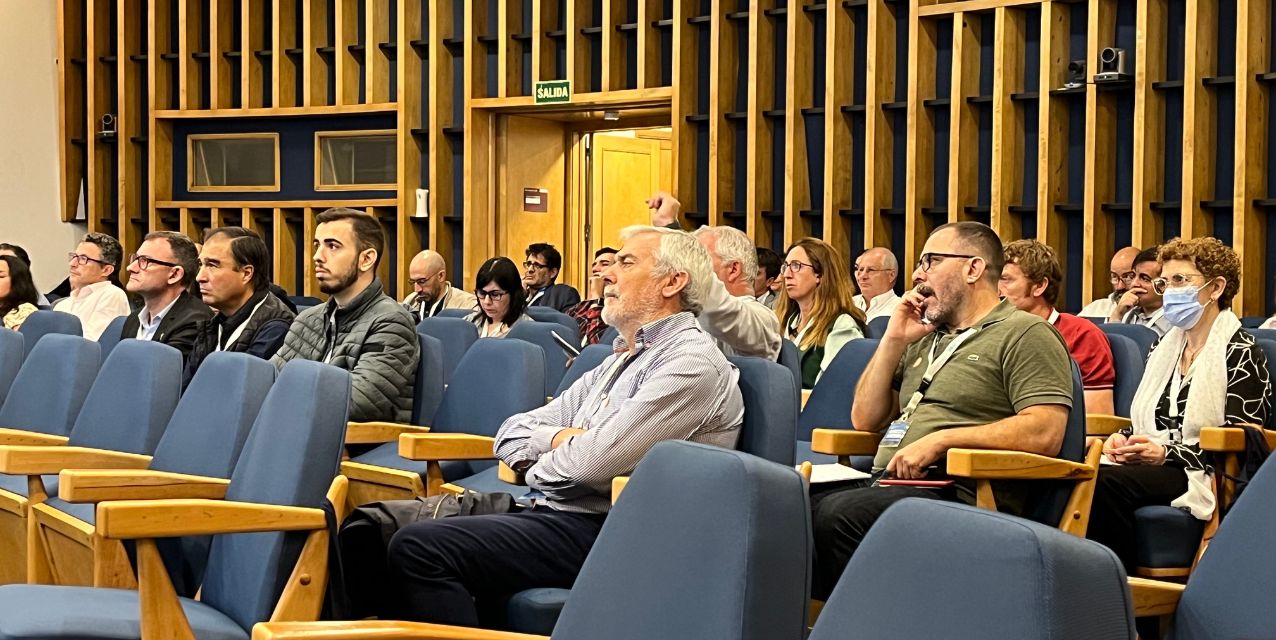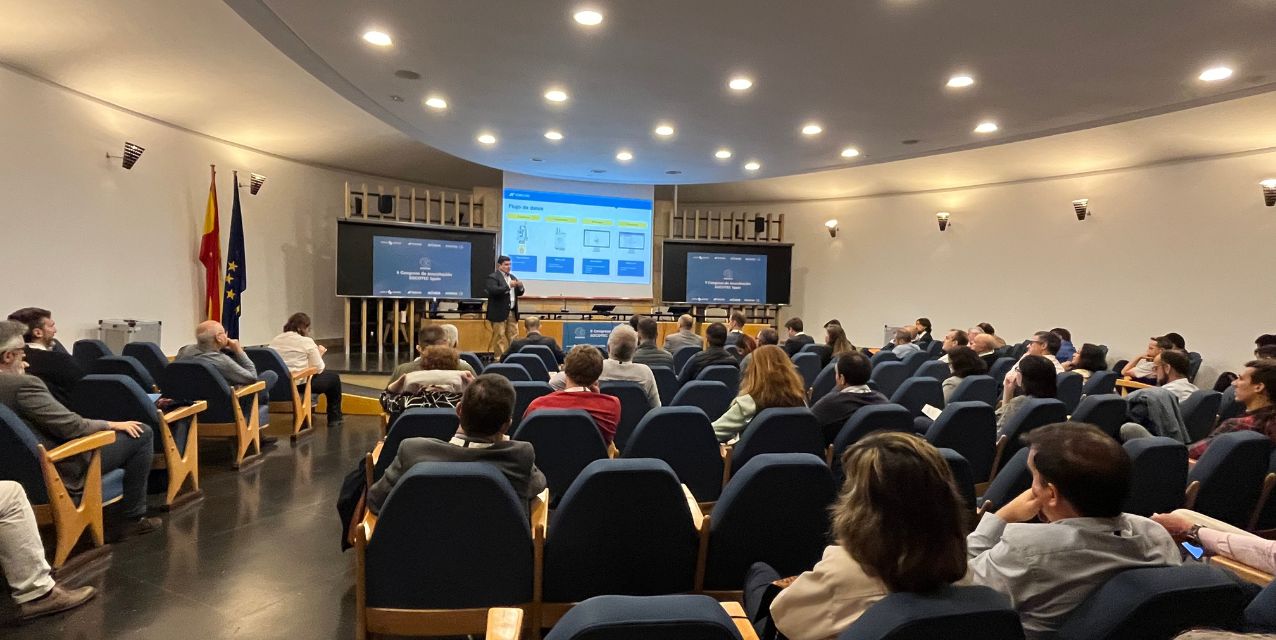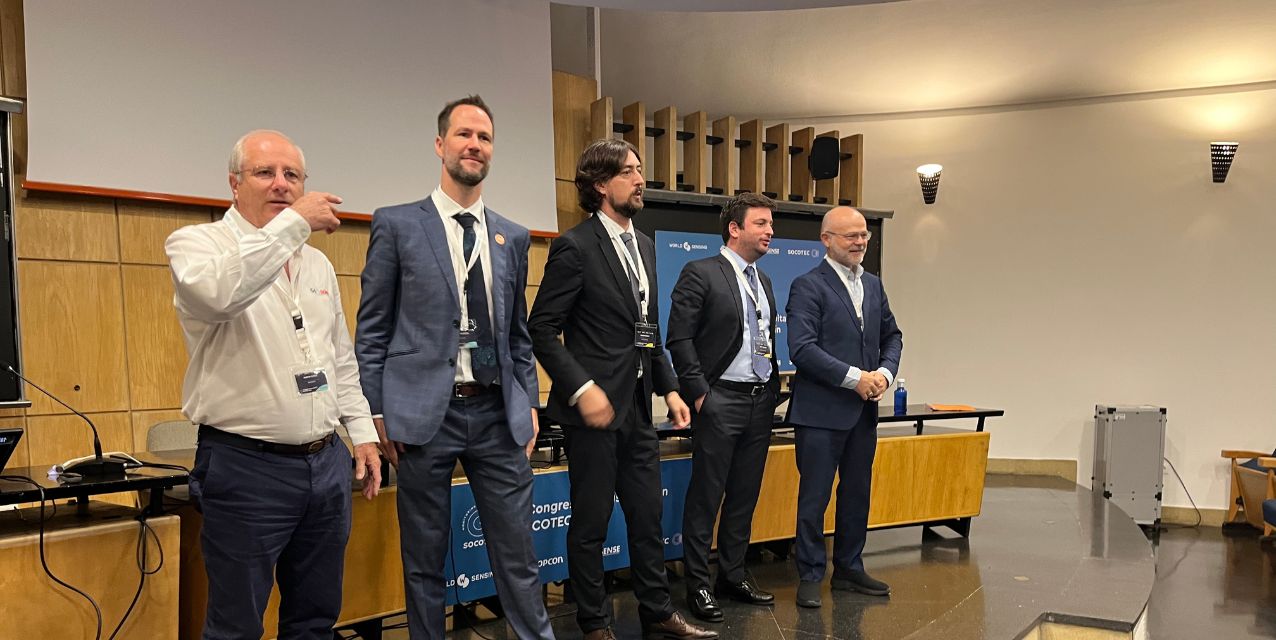The need to introduce monitoring systems from the start of a project to establish infrastructure control and work towards sustainability are key to obtaining successful results. These are the main conclusions reached during the 2nd SOCOTEC Spain Monitoring Congress, which is positioning itself as the benchmark event in Spain in the field of geotechnical and structural instrumentation.
National and international experts shared their knowledge and experiences with an audience of the main Spanish companies in the sector, gathered in a privileged location, the Eduardo Torroja Institute of Construction Sciences in Madrid.
During the conference, different aspects related to the instrumentation and monitoring of infrastructures were addressed, with the aim of improving decision-making in large-scale projects, as well as presenting the latest developments in monitoring solutions.
SOCOTEC's proposal emphasised the integration of monitoring and data analysis in all stages of construction projects. Enabling early detection of problems and facilitating informed decision making to implement corrective actions in a timely manner.
Guillem Baraut, CEO of SOCOTEC Spain, referring to the British scientist Lord Kelvin, said: "If you can't measure it, you can't improve it. At SOCOTEC, through collaboration with all stakeholders, we strive to improve the quality of buildings, prolong their lifespan and, consequently, promote sustainability in the sector".
With more than 15 years of experience in Madrid, first as BAC Engineering and now as SOCOTEC, the company has consolidated its expertise in monitoring by participating in major projects such as the Begoña station, or the extension of the Port of Barcelona, among others.

Monitoring Congress
Accurate and efficient monitoring
During the congress, case studies were presented that showcased several revolutionary applications in infrastructure monitoring. One of the highlights was SOCOTEC PHOTONICS, which introduced an innovative vision on the application of fibre optics in auscultation, with considerable operational and technical advantages. He highlighted examples where conventional monitoring has been replaced by fibre optics, obtaining more information at the same cost.
Daniel Thompson, monitoring expert from SOCOTEC UK, shared his research and development in infrastructure monitoring in the UK. He presented the successful monitoring case of HS2, the UK's high speed rail project that will provide vital transport links between cities and regions across the country. The results achieved have been promising, including monitoring during tunnel excavation without interference, settlement levels being kept within limits, the use of advanced technology that avoided traffic closures and optimisation of materials. These results generated confidence in operators and contractors, demonstrating the benefits of technology and efficient processes in the construction and monitoring of infrastructures.
For his part, Josep Raventós, director of Monitoring and Geotechnics at SOCOTEC Spain, highlighted the keys to a successful monitoring project. These include aspects such as adequate design and instrumentation and continuous monitoring of the infrastructures. Raventós underlined the importance of establishing clear thresholds in the monitoring process, noting that it is essential to define at least one level within the thresholds related to the serviceability limit states (SLS) and ultimate limit states (ELU). As an example, he suggested setting 50% of the ELS value as the first reference value for some of the projects.
In addition, he stressed the need for an accurate and demonstrable measurement system that is in accordance with the established thresholds. Raventós emphasised that it is essential to have a technology that can measure accurately and verifiably within this defined order of magnitude.
Innovations in infrastructure monitoring solutions
The congress not only presented case studies of the implementation of innovative monitoring systems, but also featured the latest innovations in solutions from the leading companies in monitoring.
Bruno Fileno, representative of TOPCON POSITIONING, emphasised the importance of its automated solution in the control of infrastructures 4.0.
While Juan Pérez Arcas, from World Sensing, highlighted the use of LPWAN wireless networks in the monitoring of tunnels and excavations. In addition, Martin Clegg and Chris Spalton from GEOSENSE presented a case study on IPI-X and wireless data loggers. The congress was closed by José Luis García Calvo, deputy technical director of the Eduardo Torroja Construction Institute, who underlined the relevance of advanced monitoring to ensure safety and sustainability.
These outstanding presentations reinforce the relevance of advanced solutions in infrastructure monitoring to face the challenges of the sector.



